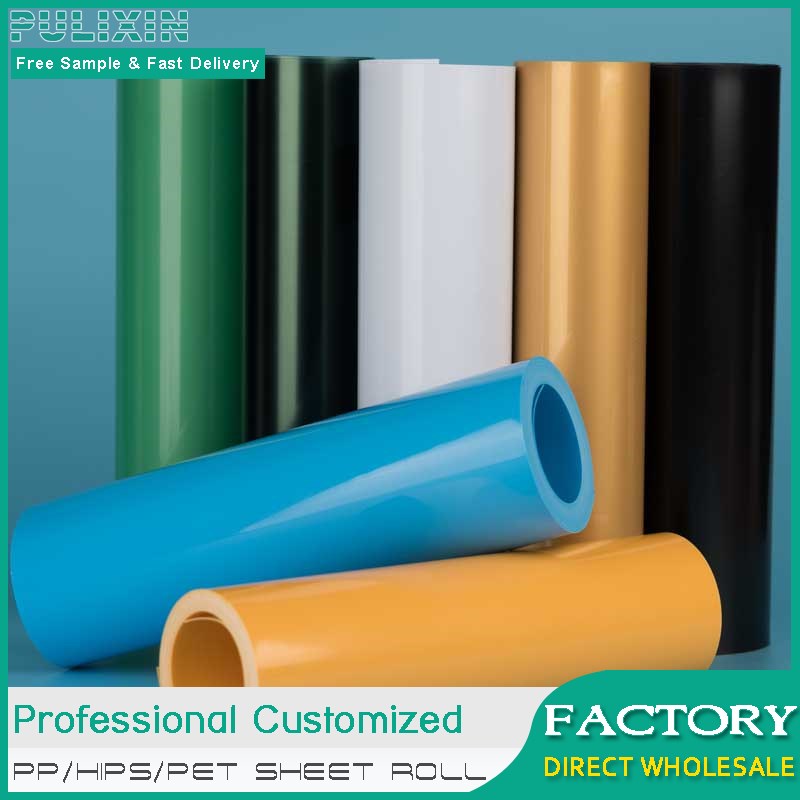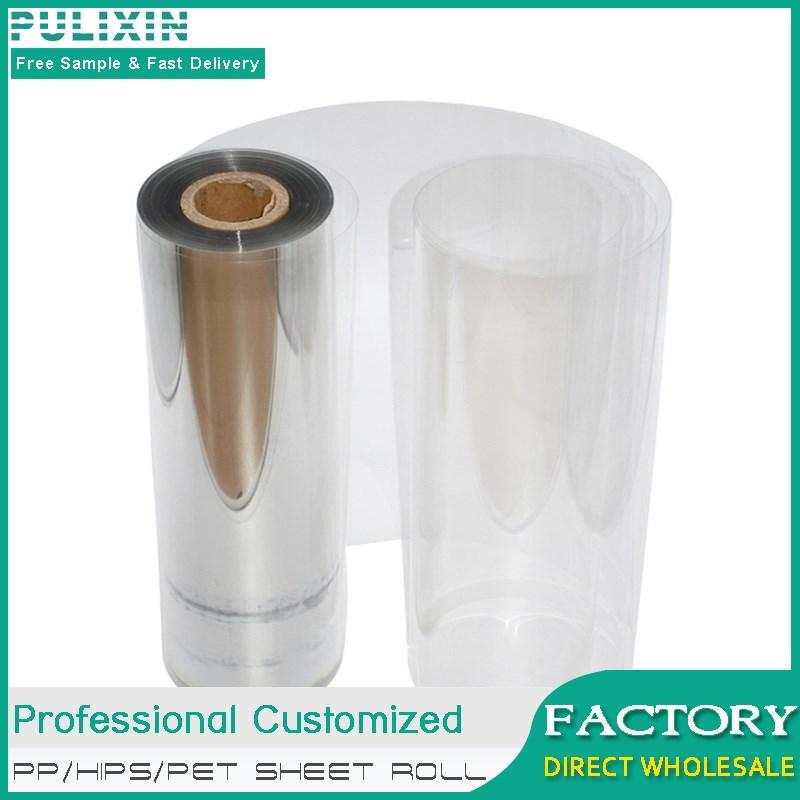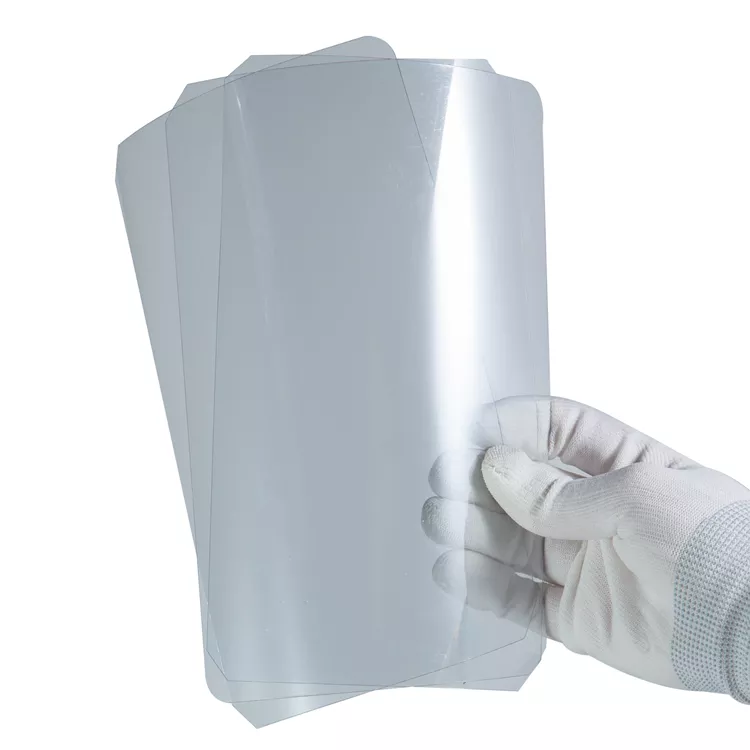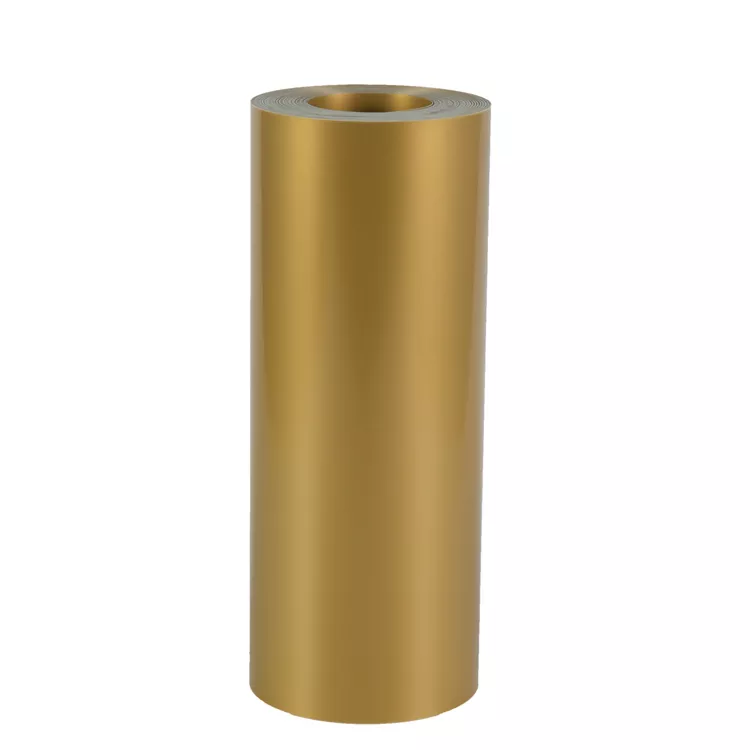




Rolo de folha de poliestireno de alto impacto HIPS para termoformagem
A Pulixin é um excelente e líder na produção e fabricação de chapas plásticas na China. Temos tecnologia e equipamento avançados, comércio externo maduro e experiência de exportação, e estabelecemos boas relações de cooperação com clientes em mais de 60 países. Fornecimento gratuito de amostras, OEM & ODM aceites
- Marca: PULIXIN
- Origem: Xangai, China
- MOQ: 5 toneladas
- Espessura: 0,3~2mm
- Largura: 300~850mm
- Aplicação: Termoformação
- Enviar Inquérito
-
- Email: lindy@pulixin.com
- Telefone: +8615221762039
- O queAplicação

- Wechat

Descrição
O poliestireno (Poliestireno, abreviado PS) refere-se a um polímero sintetizado a partir do monómero de estireno através da reação de polimerização por adição radical, cuja fórmula química é (C8H8)n. É um termoplástico incolor e transparente com uma temperatura de transição vítrea superior a 100°C, pelo que é frequentemente utilizado para fabricar vários recipientes descartáveis que têm de suportar a temperatura da água a ferver e lancheiras de espuma descartáveis.
Impact resistant polystyrene (HIPS)
Impact-resistant polystyrene is an impact-resistant polystyrene product produced by adding polybutyl rubber particles to polystyrene. This polystyrene product will add micron-sized rubber particles and connect the polystyrene and rubber particles together by grafting. When subjected to an impact, the tip stress of the crack propagation will be released by the relatively soft rubber particles. Therefore, the propagation of cracks is hindered and the impact resistance is improved.
O poliestireno (PS) inclui o poliestireno normal, o poliestireno expandido (EPS), o poliestireno de alto impacto (HIPS) e o poliestireno sindiotáctico (SPS). A resina de poliestireno comum é uma partícula transparente não tóxica, inodora e incolor, material quebradiço semelhante ao vidro, os seus produtos têm uma transparência extremamente elevada, a transmitância da luz pode atingir mais de 90%, bom desempenho de isolamento elétrico, fácil de colorir e processar boa fluidez, boa rigidez e boa resistência química. As desvantagens do poliestireno normal são a fragilidade, a baixa resistência ao impacto, a fissuração por tensão, a fraca resistência ao calor e a resistência à água a ferver.
Impact-resistant polystyrene is an amorphous polymer formed by graft polymerization of styrene monomer and rubber, or a physical blend of polystyrene and rubber (usually polybutadiene rubber). The resulting polymer has toughness, usually white (there are also transparent grades), extrusion and molding is very easy. Its toughness is mainly determined by the ratio and usage of rubber components. The representative performance of impact resistance PS is: bending strength and tensile strength of 13.8-48.3MPa (different with the content of rubber and additives); elongation 10-60%; gloss 5-100%. The visual transparency ranges from excellent to poor, the shrinkage rate is about 0.006, and the thermal expansion coefficient is the same as that of transparent PS. Impact-resistant PS has no change in performance after γ-ray sterilization and irradiation, and has the same solvent resistance as transparent PS. The melt index of impact-resistant PS is 1-10g/min, and the Vicat softening point is 215°F. The commercial production of impact-resistant polystyrene with enhanced properties has broad market prospects. Some of the existing special grades include: ultra-high gloss grade, high transparency grade, abrasion resistance grade, environmental stress crack resistance (ESCR), high modulus grade, low gloss grade, and grades with low residual monomer styrene content .
As características notáveis do poliestireno resistente ao impacto são a facilidade de processamento, a excelente estabilidade dimensional, a elevada resistência ao impacto e a elevada rigidez. Para o HIPS, apenas a resistência ao calor. Existem certos limites em termos de permeabilidade ao oxigénio, estabilidade à luz ultravioleta e resistência ao óleo. Química e desempenho O poliestireno resistente ao impacto é fabricado dissolvendo a borracha de polideno no monómero de estireno antes da polimerização. Embora o método de polimerização em suspensão possa ser utilizado para preparar HIPS, o método de polimerização em massa é atualmente utilizado na produção industrial de HIPS. No processo de polimerização em massa, a mistura de monómero de estireno/borracha/aditivo passa por uma série de reactores com uma taxa de conversão de 70-90%. Na reação de polimerização, é necessário aquecer ou adicionar um iniciador para completar a reação e, em seguida, aquecer no vácuo para remover os monómeros residuais voláteis da resina e, depois, peletizar e vender.
The impact polystyrene performance test is divided into several levels according to its relative impact strength:
The impact strength of notched cantilever beams of medium impact resistance grade is generally 0.6-1./i;
The impact resistance of the high impact resistance grade is 1.5-2.5ftlb/in;
The impact strength of extremely high impact resistance is> 2./in
Some HIPS grades have an impact strength value of up to 6./in, but this resin is usually used in blended resins to improve the impact resistance of low-strength grade resins.
Other important performance testing matters needing attention of standard HIPS are as follows: bending strength 13.8-55.1MPa; tensile strength 13.8-41.4MPa; elongation at break 15-75%; density 1.035-1.04 g/ml; Vicat softening point 185- 220°F.
The only industrially mixed HIPS alloy is its blend with polyphenylene ether. The heat resistance and toughness of this blend are outstanding, but the product price is much higher than that of HIPS alone.
The continuous development of polystyrene technology enables the production plant to produce grades with more outstanding performance than standard PS. Many properties of polystyrene cannot be achieved at the same time. If you want to improve the impact strength, you have to sacrifice gloss. Some new resins appearing at present have the glossiness of ABS and also have high toughness. Some grades, such as those that can withstand various oils and fats when packaging food, and chlorofluorocarbon (CFC) foaming agents when used in refrigerators, have also been developed. Flame-retardant grade (UL V-0 and UL 5-V), impact-resistant polystyrene has been produced and widely used in TV housings, business machines and electrical products. The processing operation of these resins is easier than many flame retardant engineering resins, and the price is lower.

Density: 1.05 g/cm3
Conductivity: (σ) 10-16 S/m
Thermal conductivity: 0.08w/m.k
Young’s modulus: (E) 3000-3600 MPa
Tensile strength: (σt) 46–60 MPa
Extension length: 3–4%
Charpy impact test: 2–5 kJ/m2
Glass transition temperature: 80-100℃
Coefficient of thermal expansion: (α) 8×10-5/K
Heat capacity: (c) 1.3 kJ/(kg·K)
Water absorption: (ASTM) 0.03–0.1
Degradation: 280℃
Porquê escolher Pulixin
PULIXIN é um excelente fabricante líder de rolo de folha de plástico PP na China. A nossa fábrica cobre uma área de mais de 10.000 metros quadrados e tem 4 linhas de produção de folhas de polipropileno rígido com equipamento avançado internacional. Pode produzir 3.000-5.000 toneladas de folhas de plástico PP por mês, e a capacidade máxima de armazenamento excede 10.000 toneladas.- Fábrica de alto nível
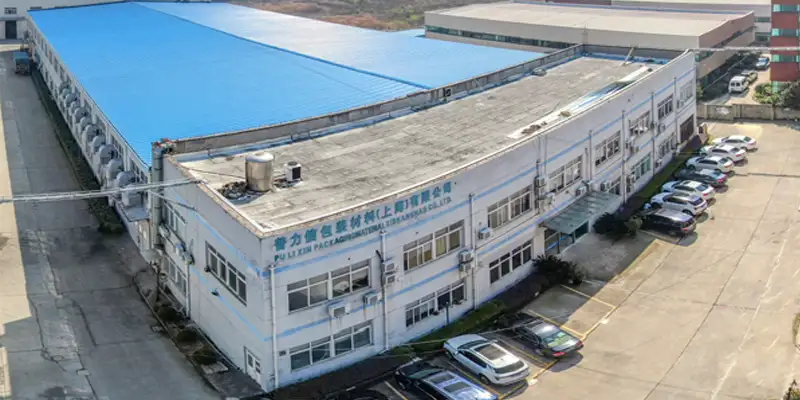
- 1, 6000㎡ Área
2, 10 linhas de co-extrusão
3, 15 anos de experiência
4, 2300+ clientes regulares
- Serviço atencioso

- 1, Resposta rápida aos pedidos de informação
2, amostra grátis mediante pagamento de portes de envio
3, Forte capacidade, produção curta e entrega rápida
4, inspeção de fábrica aceitável
5, Suporte OEM
- Controlo de qualidade rigoroso

- 1, Erro de espessura: +-0,1 mm
2, Peso erroe:+-1kg
3, Impedância antiestática: +-0.1Ω
- Entrega atempada

- 1, Produção: 1 dia após o pré-pagamento
2, Entrega: 5 dias após o pagamento final









